A4TC is an architecture thesis competition organized by artuminate in association with archiol, this competition received a huge response from around the world.
Scroll down to check the winning entries.
Top 3 winners:
1st Prize: José Gonçalves (Portugal)
2nd Prize: Namish Jain (India)
3rd Prize: Filippo Vajra & Giovanni Ratto (Italy)
Honorable Mention
- Aum Gohil (India)
- Dana Ibrahim (Jordan)
- Mohamad Alamin Younis (Lebanon)
First Prize Winner:
José Gonçalves (Portugal)
REITERATING THE VERTICAL URBAN FACTORY
The decentralization of the industrial city, brought about by the humanitarian and sociological crisis in urban centers at the end of the 18th century, solidified the hegemonic roles that industry and infrastructure currently play in urban expansion, albeit incompatibly with urban life. This “removal of process” from cities (Rappaport 2014) compelled us to design industry away from cities instead of adapting industry to them.
Although this crisis was resolved, nowadays with the incessant cultural and ludic densification of river-front areas in cities worldwide – and the aforementioned peripheralization of industry from these locations – there have been tensions between these newfound uses and irreplaceable industry, still in use.
In the oriental edge of Lisbon there is a silage terminal – The Beato Silage Terminal, that by managing more that 20% of all grain that the country consumes, is an irreplaceable element in Lisbon’s port.
This irreplaceable industry, in the face of Beato’s newfound creative development as well as Lisbon’s riverfront massive urban projects creates a new architectural stranglehold.
Given this clash of forces, could this infrastructure be integrated into Beato’s urbanity, instead of being removed or completely separated from the city? Could it simultaneously be, as an hybrid building, adapted to meet the needs of the Beato region as the new creative hub of Lisbon?
For this integration to be possible, a symbiotic relationship of value between two main programs is created a long with the utilization of a sub product of the silage process.
In beato, art is produced and not exposed, therefore the creation of ways to integrate the art community with its desired public is imperative. Yet proposing an artistic center could be a catalyst towards gentrification and therefore could be an inadequate solution.
The proposal aims to respond to this problem by establishing a relationship with two main programs: Amenities (cafés, restaurants and retail) and spaces for the creation of art (workshops, performance art spaces, and co-work spaces). It is proposed that these two cores be adapted in a way as to always establish a visual connection between the creative process and the amenities, creating value. This value would then be redistributed as to sustain the spaces used by the art community.
The intervention, therefore, results from a sectioning of a number of silo cells as to create two programmatic cores (amenities and makerspaces) with clear sight views between. These sight views, between the creative process and the amenities, create value. This value would then be redistributed as to sustain the spaces used by the art community. Then, the grain dust produced by the silage residue would be used as compost in order also sustain the amenities via a farm greenhouse.
This phenomenon of the process removal (Rappaport, 2014) is then, essentially reversed by the conception of an architecture that integrates the industrial process urban life. This results in a project that simultaneously responds to the needs of the Beato region, integrating them with the industrial process of the silage complex.
Jury Comments:
“Interesting interpretation of an industrial architecture redeveloped through innovative and regenerative functions.”
“The concern of adapting an industrial building to the city is interesting. Great development of the building, good level of detail. perfect presentation.”
Second Prize Winner:
Namish Jain (India)
AIKYAM: A MEMORIAL FOR PEACE, POKHRAN
A peace memorial is a contrast to a war memorial. Where a war memorial showcases a dreadful event of war in history, peace memorial on the other hand appreciates the state of contentment.
The approach of making this peace memorial has been through the passage of drastic events faced during a war or a conflict. The project marks the value and importance of peace by showcasing the aftermath of a war.
After independence the scenario of peace in India has worsened. We have been ranked 139th position among 163 countries in the global peace index 2020. The project tries to show the importance of peace as well as stands as the face for “India with Peace”.
To imagine such a project, a research on ‘memorial spaces and its user experience’ and multiple case studies of buildings such as: Peace memorial, Hiroshima; Yad Vashem, Israel, etc. have been done.
The conclusion of the research emerged that, though interaction between the memorial space and its occupant is emotionally impacted through various factors like sound, temperature etc. but its majorly through its form, material and light.
Now the case studies were achieved accordingly. Different spaces from these projects (interior and exterior) were studied and a certain pattern was analysed about the context, location, approach, zoning and the circulation on site and inside the structure, etc. Features such as radial approach, continuous & forced circulation, etc. have been carried forward to the design.
Keeping in mind that a site should have a great context; also people of the vicinity must know the outcomes of a war, Pokhran was considered the most suitable location for the project. It is the nuclear test site of India. The people of Pokhran are aware of the destruction and know that if a war breaks then it will be the end of humanity.
The project has been dealt with in such a way that maximum tourists can be attracted to the site. For this an illusion has been created. The site has been developed in such a way that it appears as if the site has witnessed a war.
The project tries to show that a visitor must experience numerous emotions through their journey. For experiencing the true value of peace a person has been taken through destruction, fear, anxiety, loneliness etc. of war. For this dark spaces have been created with angular walls, huge heights, narrow spaces etc. and even the landscaping is inspired from warscape with several monuments for the same.
The project incorporates several techniques such as windmills and solar panels to generate sustainable energy, spaces are submerged in the ground to make them cool and to make them more comfortable wind towers are also used which will also cope up with the extreme climate of Pokhran. Hence, these techniques make the project economically viable.
The project drives with the notion that after visualizing the torments of war an individual will realize the virtuous of peace and push the idea of a better world.
Jury Comments:
“A project that in its deep interpretation makes you reflect and excite through an architecture made of contemplative spaces that recount the atrocities and devastation of a war.”
“The idea of creating this building has managed to overcome traditional standards, creating different experiences and routes in a building”
Third Prize Winner:
Filippo Vajra & Giovanni Ratto (Italy)
LA MEGALÓPOLIS DE NADIE
A research and a proposal for the occupation of Public Space in Mexico City
As reported by INEGI (InstitutoNacional de Estadística y Geografía), in the second quarter of 2018, in Mexico, about 30,500,000 people worked in the informal sector: these numbers show an increase of 3.3% compared to the same period of the previous year. In Mexico City, five out of ten workers belong to the informal sector, dedicating themselves to cleaning, construction, transportation and a multitude of services and commercial activities. Faced with this scenario, some deputies of the Morena party proposedto regularize more than 2,000,000 street workers. The municipality is also taking steps to raise millions of dollars to invest in public works.
This project proposal, based on field research, therefore moves in the direction of finding a compromise between the design of the public space and its occupation by the actors of the informal sector, considered not a problem for the city but rather a precious resource for the functioning of a complex metropolis. In fact, living the city on a daily basis, people have to face journeys that last up to an hour or more and during this time they are accompanied and come into contact with the dense network of products and services offered informally in a rapid and diffused way.
Following a systematic analysis of case studies found in the public space, therefore, the project for an urban infrastructure was designed in an area of the historic city center with a strong commercial identity.
The identified lot has a pre-existing simple metal roof built to accommodate a community of traders established in the area for several generations. The choice to intervene in this area was therefore dictated by the “non-virgin” nature place as a first mediation hadalready taken place between “top-down” logic and “bottom-up” processes.
Thanks to direct contact with users, it was possible to collect some of the dominant issues that were taken into account during the design: the result is a structure that works on more than one spatial scale trying to integrate attention to the context, enhancement of services and sustainability.
The project was thereforere solved in a modulated wooden structure to allow the circulation of common users and informal devices.
Through a series of simple space operations we have met the needs of users who have already been located for years in the area and further space has been set up for public activities, leaving a certain amount of “negotiable” space for random informal activities.
Working at multiple scales (infrastructure, architecture and design), we tried to create a variety of situations to make the project more flexible suggesting different uses.
The project is a lineal space with a certain variety of environments which host more fixed activities, others more occasional and widely offer new areas for socialization and leisure.
A certain attention was also given to the design of technological solutions to achieve easy maintain ability and the reduction of waste of the parts that would gradually deteriorate.
Jury Comments:
“Stimulating analysis of the relationship with urban space, interesting the typological schemes and the development of the idea, It was necessary to transmit a little more strength on urban and human connections and the well-being that a similar project would be able to give”
“Very complete analysis and proposed design result for urban problems”
Honorable Mention:
Aum Gohil (India)
APPARATUS OF AMUSEMENT
A retail for post consumption. Experimenting alternate productive relations to mindless consumption.
The trigger that started the enquiry for ‘Apparatus of amusement’ was through the understanding of the age of Anthropocene and the impact that humans have created on the surroundings through the commodified world we live in. Tracing the roots which have led up to this capitalist setting of the society, the factors affecting it and the consumerist strategies which leads to a numb state of mindless consumption by deciphering the epitome of consumerist typology of ‘shopping mall’. These extravagancies lead to the collective notion of excesses termed as ‘waste’.
Further, the study tries to map the end of life journey of an everyday object in an urban setting of Mumbai through understanding the formal excess network in Mumbai, role of the informal agents and the existing repurpose network.Now, what if we consider a point in transition from post-consumption till it gets considered as trash, the project offers alternate repurpose solutions for the second life of the objects categorized into household objects, fashion and electronics, and a proposed network of these post-consumption processes which informs the shortcomings of our primary system of waste management and the exceeded landfills.
These alternate systems are experimented in an existing retail setting of dysfunctional shopping mall, the Prime mall of Irla market street, the street has a vibrant retail character which fails to reflect when the typology of a mall is inserted in the scenario. While mapping the current use of the mall, it was concluded that 60 percent of the mall was not functioning and hence it needed programmatic injectors to create a life of the structure around it.
The project challenges to reverse the conventional notion of retail in a hyper-mediated urban setting which induces passivity in the consumers, by using the post-consumption objects in our ‘buy and discard’ society, oscillating roles of a consumer to provide radical solutions to move towards ‘circularity’
The project proposes at three scales Repurpose decentralized system which is alternative to the existing waste management system, Repurposing of the Prime mall and Irla street project intervention.The programmatic components include the wall of labour as protagonist intersecting the RCC grid, the apparatuses are devices which have simple machines and mechanisms where a process takes place. A role-player takes part in these apparatuses to perform a task which helps in repurposing. Some of the major programme include the event spacewhich records the reactions of role-players along with the leaderboards, the hall of experiments where the processes converge which then leads on to the labyrinth consumer’s playgroundwhere a calmer spacetakes you away from the hyper-real and the noisy street.
Furthermore, theproject tries to reframes the role of human in the social and ecological sphere as a shift in the current paradigm for decentralizing ways to manage our objects in our ‘buy and discard’ society.
Jury Comments:
“Very interesting and strong idea of organization of the spaces dedicated to the awareness of the concept of sustainable recycling. It would have been interesting to develop and strengthen a narrative of interactions between people and connected spaces with the same graphic character.”
“Excellent design that solves the problem raised. Good level of detail and expression of the sheet.”
Honorable Mention:
Dana Ibrahim (Jordan)
ADAPTIVE SOCIO-CULTURAL EPICENTRE.
It was a library and will always be but in another way. Libraries today have changed in many aspects, regarding the function, the use, and the form. It might be thought that libraries will disappear in the future and people will no longer use them. However, libraries aren’t important for only reading, but in being a fundamental function in the community and a true meaning of generations’ renaissance.
The project is a new representation of libraries in the MENA region, offered to all people without the need of using transportation. The project was inspired by a personal experience, as it was noticed that people in the MENA region can hardly go to libraries by walking, as it is far from their homes. In other words, libraries are not accessible to different categories of people such as children, elderlies, and people with disabilities. The project is divided into two main functions; the library and the cultural research centre that studies the cultural aspect of the site and supports the library.
The solution started from the site selection that was based mainly on the distance which the average person can walk without taking a rest and it was 1.6 km (between 15-20 minutes walking) to reach the site. The project started from Jawa, people in Jawa expressed the necessity of providing socio-cultural activities. In Amman, in general, there were many problems that people mentioned regarding the library and how it is not safely reachable by all people.
The definition of the project came from its two parts: the practical and the theoretical ones. The practical part -the public library- serves today as a contemporary culture library and it has the same function as the community centres. The theoretical part is represented by the cultural research centre and precisely studies the performance-oriented view of research culture that relies on quantitative measures and focuses on research outputs and their impact on the economy and society. When the two parts are combined with sustainable development principles –to serve future’s and today’s needs-, we have an adaptive socio-cultural epicenter. “Adaptive” came from the idea that the project will be adaptive to all sites that have the same issues. And “EpiCentre” came from the extreme use of sustainable principles of the design.
The project is based on its sustainable core – which is part of the library – that represents a flexible and enjoyable journey that the client will have in order to make the project active 24 hours. Moreover, it is the link between other functions of the design. When moving up, the noise become less increasingly. Mainly the project is designed in concrete and steel. Using different materials than those commonly used in Jawa in order to propose a new image and to bring attention and curiosity about the project.
Jury Comments:
“Interesting spatial and architectural organization of a new way of conceiving a library. It would be interesting to give more strength to the idea”
“Beautiful presentation. A building that very well solves socio-cultural needs integrated into the environment.”
Honorable Mention:
Mohamad Alamin Younis (Lebanon)
TOWARDS THE METAMORPHOSIS OF THE LANDFILL:
TRANSFORMING GARBAGE DUMPS INTO PROACTIVE PARKS
Most cities around the globe follow a linear model in their operation: a flow of input/supply- be it energy, water, people, food, vehicles, and material – is processed and consumed resulting into an output flow of sewage, garbage, waste, and pollution. Such an unsustainable operation necessitates that every city designates a “backyard” to dispose of its output on a site that is out of its sight. The impact of such statement is seen at the social and urban level of most cities, where the public is totally absent in these highly industrial areas. It is safe to say that when the flow of the public is cut from the waste management sector, people are less likely to know about their anthropic actions. How could architecture change the way backyards are seen by people, and turn them into anchors for environmental awareness?
In this thesis, I have chosen the saturated dump of Tripoli, the city where I live. Located at the delta of the polluted city river, this backyard is composed of a 60,000 m2 garbage landfill with a volume of 3,000,000 m3, a centralized sewage treatment plant, a wholesale vegetable market, and a municipal slaughterhouse. Architecture design strategies must therefore answer: how is man meeting the machine in the context of sustainable design? As the metamorphosis of Tripoli’s waste disposal and flow systems takes 7 years to happen at the waterfront, various structural and environmental transformations happen on site. The project answers this question by dealing with 2 dimensions. The first dimension is the urban integration of the proposed program into the parcel. The project is made of 4 parts: the park, the solid waste management machines, the proposed research center, and the visitor center. What stands out the most in this urban strategy is the architectural embodiment of the visitor center’s path to rewire the flow of the public to all functions of the project. This path is crucial to raise awareness from start to finish. In other words, as people walk through the project, they observe the process of waste management from waste segregation at the sorting plant till waste disposal in the inaccessible parts of the park. The second-dimension deals with the project’s building technology to cut off nearly 80% of its electrical bill by extending the waste process to a further step. As biogas is released in the Co-Digestion by digestors, it is pumped to the biogas treatment plant where methane is extracted. When treating LFG in the LFG treatment plant, it is purified and then processed by reciprocating engines to produce electricity. The small power station generates around 150 kW/year, which is slightly more than enough to run the facility. As their connection to nature grows, so their connection to the park, which strengthen the public’s awareness and responsibility. Design strategies behind the project rendered the park a proactive and sustainable environment that aims at minimizing the ecological footprint across generations.
Jury Comments:
“Very interesting project from the conceptual point of view of developing a garbage dumps regeneration project and transforming it into a laboratory of sustainability and education about environmental impacts. It would be interesting to give more strength to the part of representation and construction of the idea.”
“Reached a good level of detail in the development of the building, an idea consistent with the problem.”
Shortlisted Entries:
1. Amit Imtiaz (Bangladesh)
Breathing Hydrological Infrastructure
2. Hélder Simões (Portugal)
The infrastructure is inserted and developed throughout the city and functions as a backbone of the entire plan aiming to solve problems from urban design to the precariousness of housing.
3. Sanath Thomas Samuel (India)
Algorithmic Design Process In Spatial Planning For A Winery In Nashik
4. Daniel Franco, Carlos Huerta & Ana Garrido (Mexico)
Void Dynamics: The Catalysts Of Succession.
5. Alanna Deery (US)
RE-Generate
6. Mitsuki Ikeda (US)
Peeling Architecture
7. Ramsha Nazir Malik (Pakistan)
Paiwand; architecture as a technique of “damage eviction” with basic concept of “grafting”
8. Francesco Ferraro (Italy)
New administrative centre of niandiwa – kenya
9. Tushar Mondal (India)
Autonomous Transhumance
10. Letizia Rollo (Italy)
“The inner of the external. A contemporary project for ragusa”
11. Nitika Goyal (India)
Architecture as a catalyst for story-telling: designing a na’vi settlement
Organiser:
Artuminate : https://www.artuminate.com/
Winners Announcement: https://www.artuminate.com/competition-winners/a4tc-2021
Contact:
Instagram:
- @archi_ol
- @architecture_competitions_
Facebook: https://www.facebook.com/archiol.fb


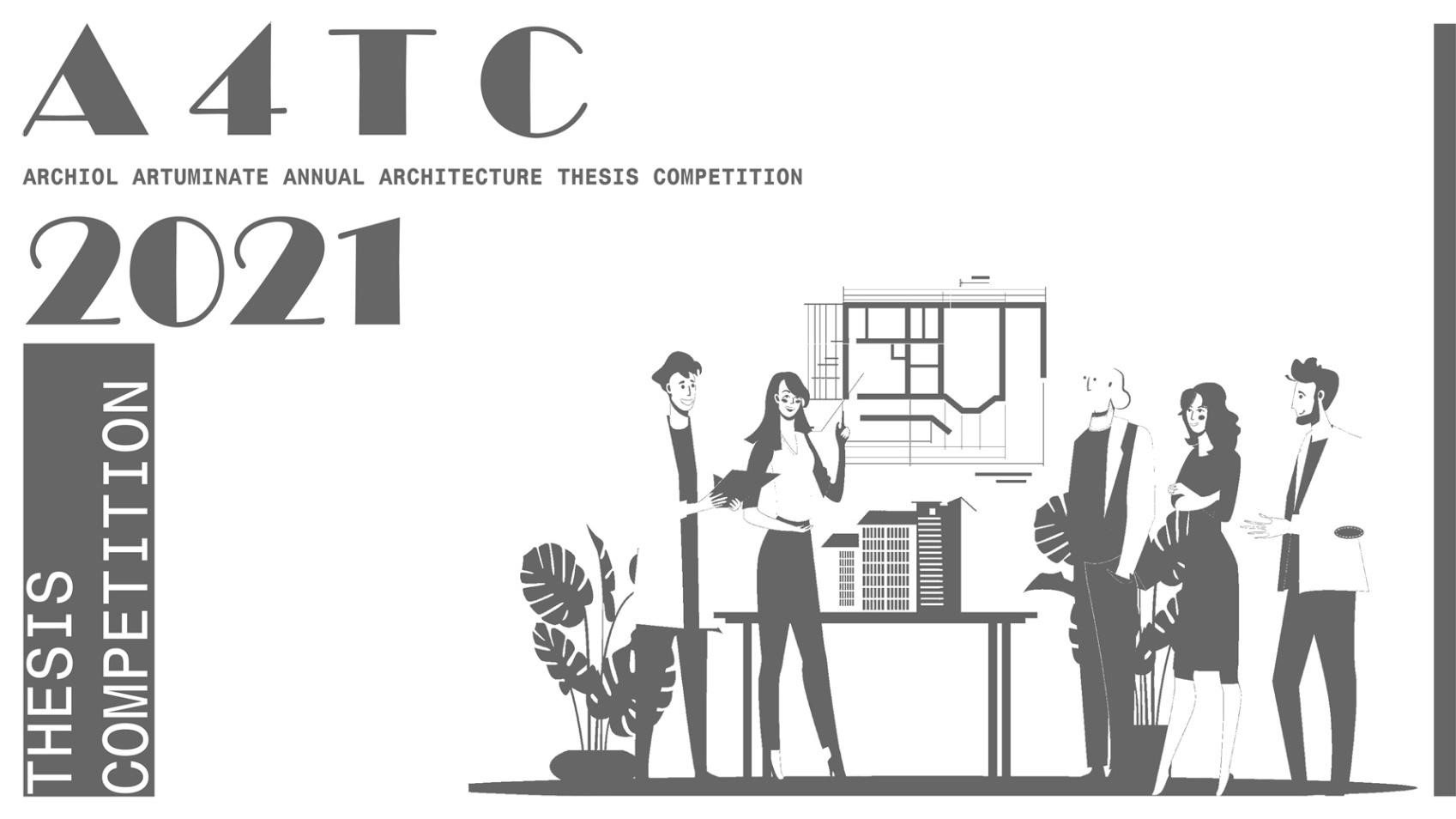
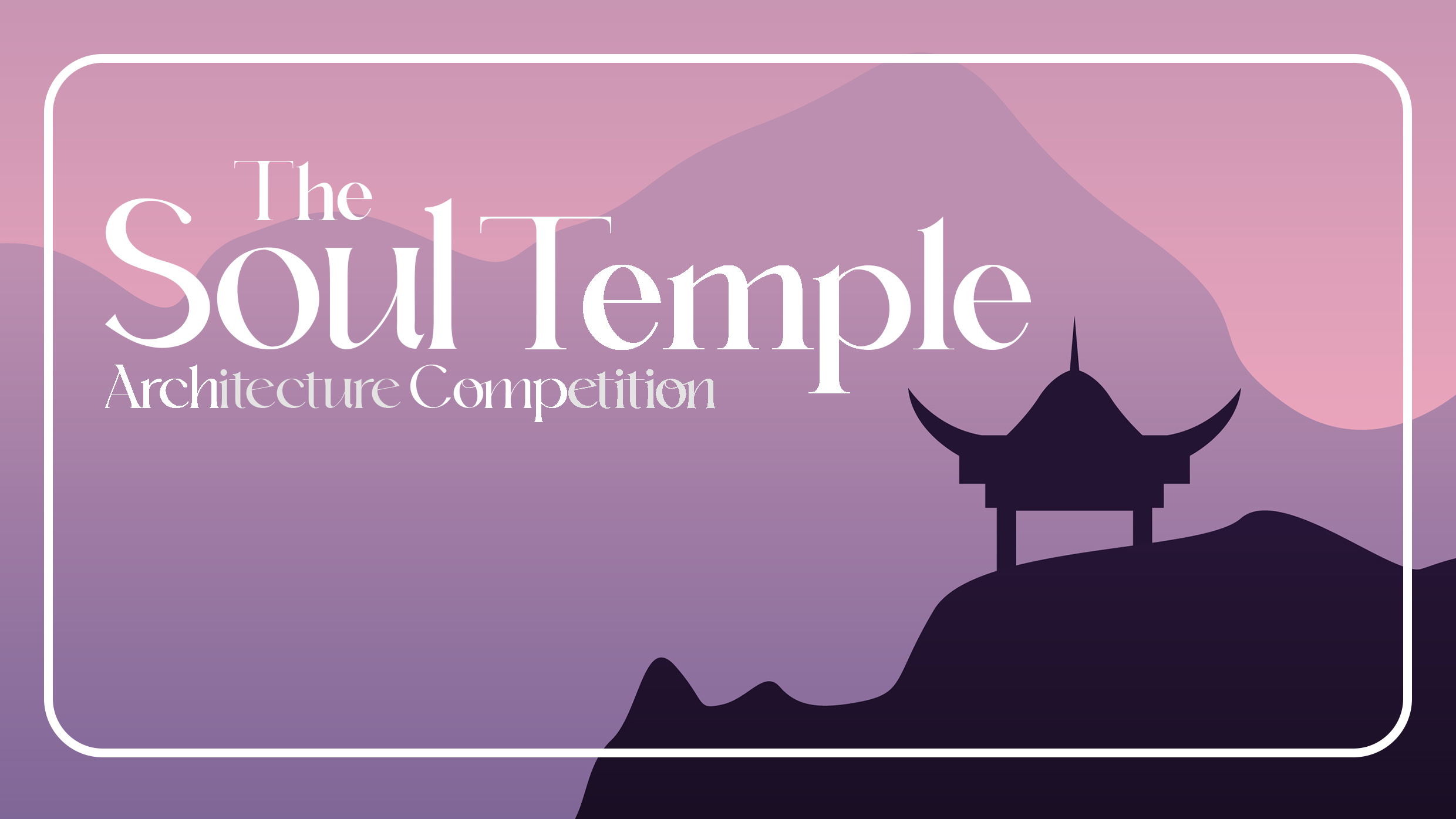
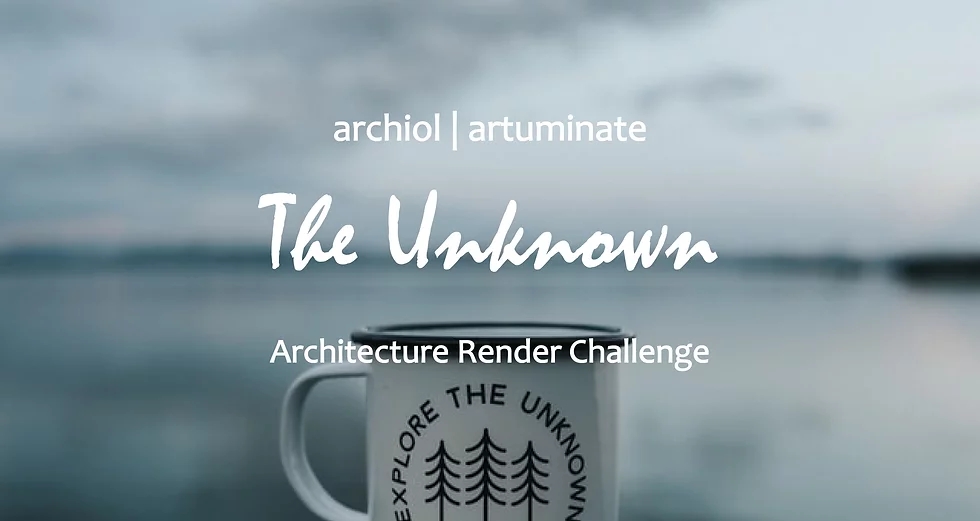
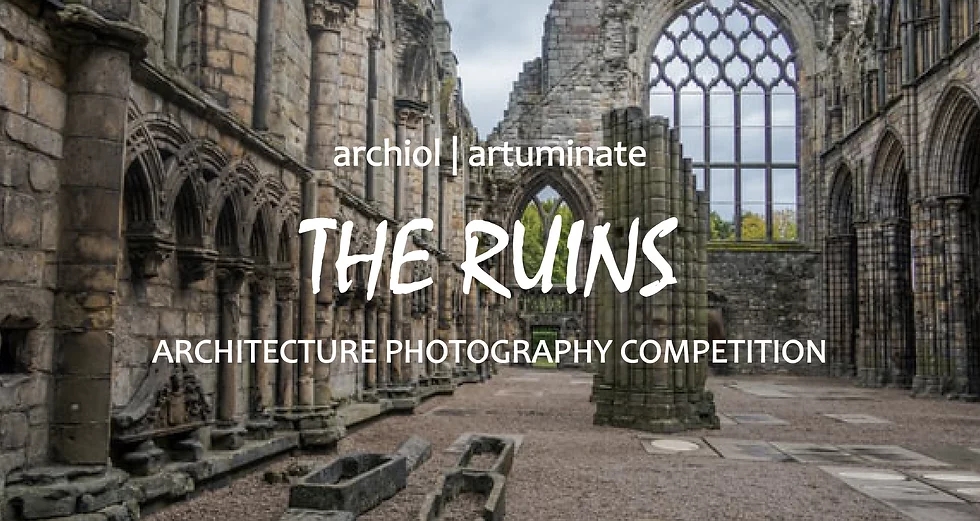
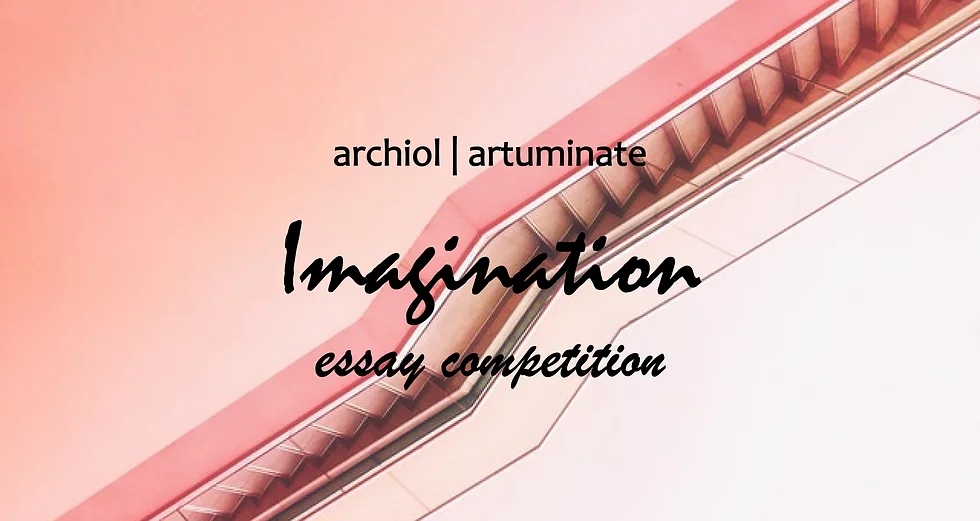
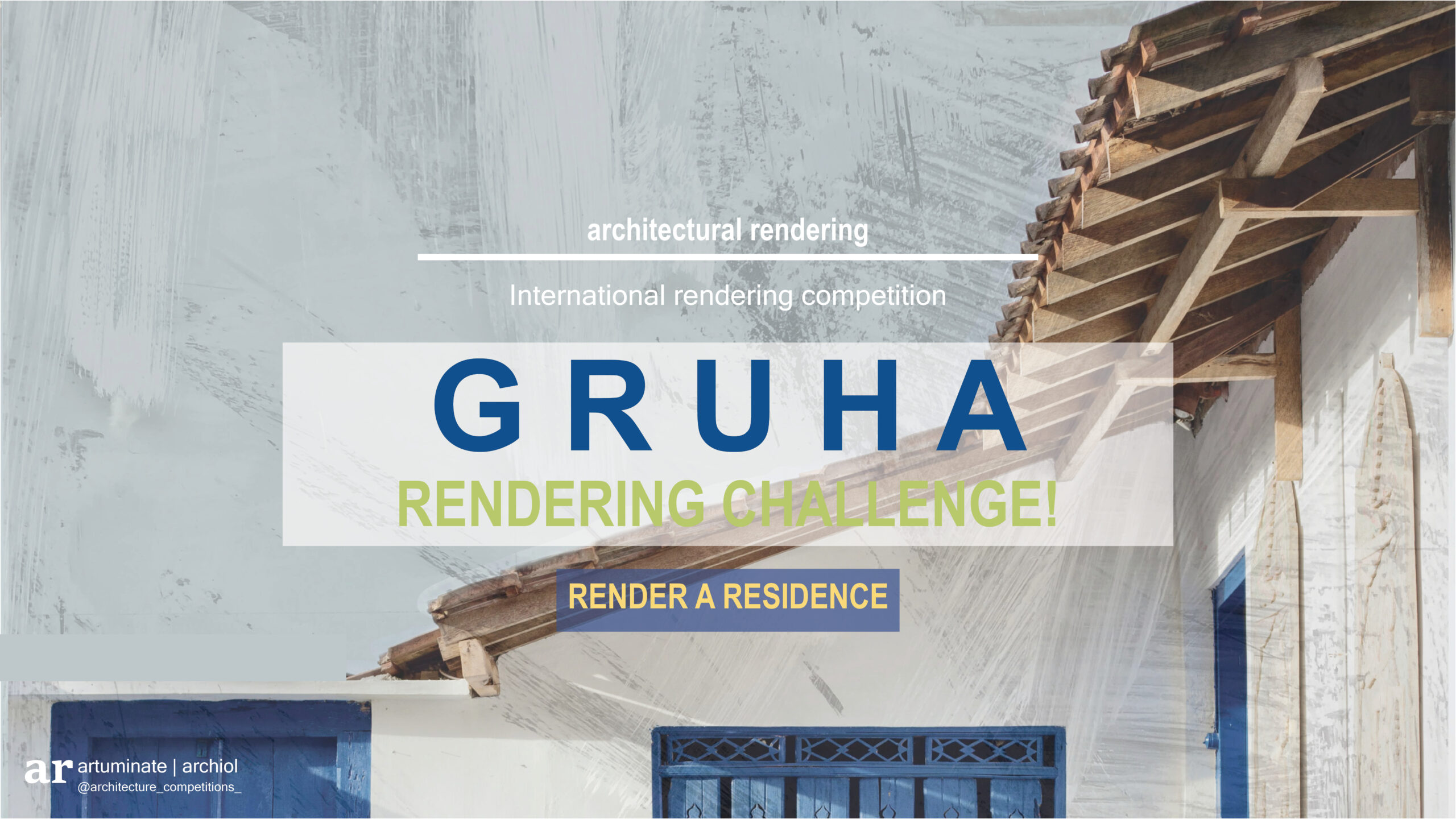
评论